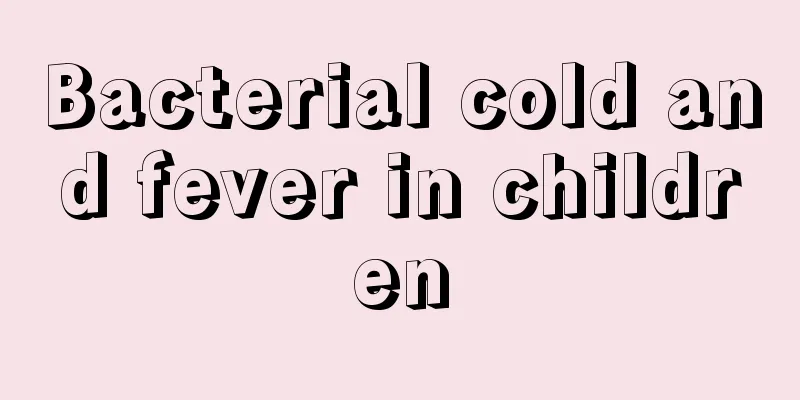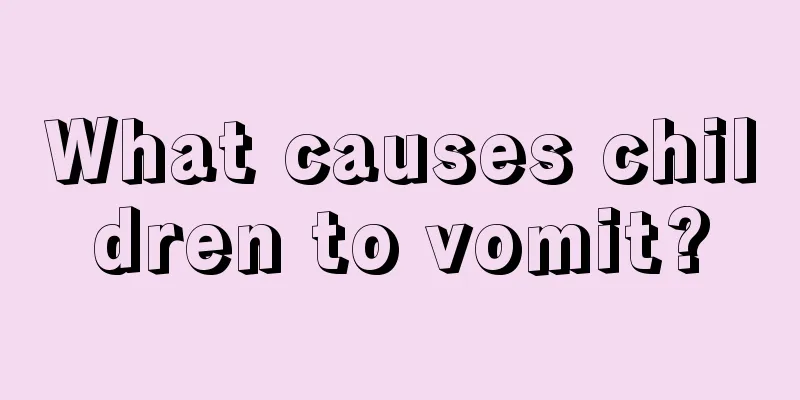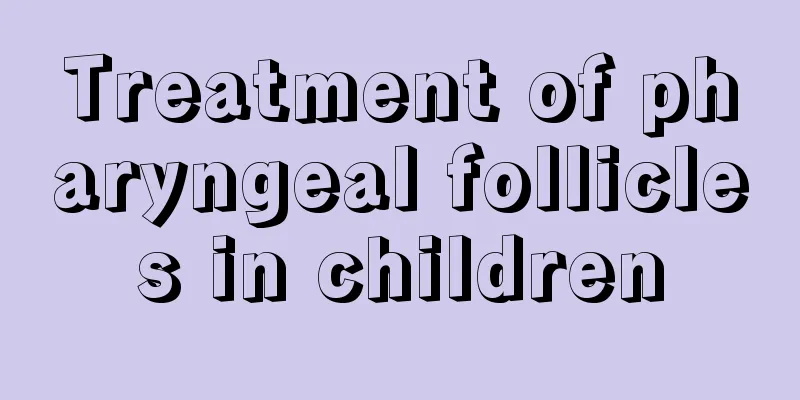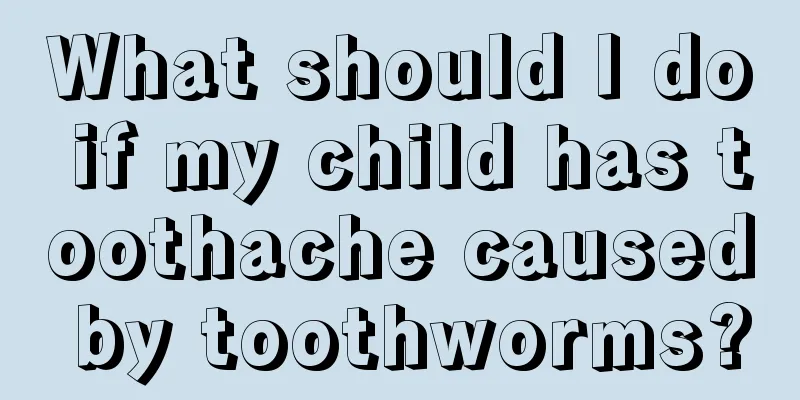Bacterial cold and fever in children

|
Bacterial cold in children is also a common type of cold. It is a cold caused by bacterial infection and often causes children to have a fever. At this time, you must measure the baby's temperature and monitor the baby's temperature at any time. If it does not exceed 38.5 degrees, you must physically cool the baby down in time. Use some anti-inflammatory drugs for treatment under the guidance of a doctor. You should drink more water at ordinary times. Bacterial cold and fever in children Bacterial colds are very common in children, with clinical manifestations including fever, cough, and sputum that is yellow and purulent. Routine blood examination may reveal elevated white blood cells and neutrophils, and significantly elevated inflammatory markers such as C-reactive protein and procalcitonin. Combining the clinical manifestations with these examination indicators, it can be basically determined whether it is a bacterial infection. Viral and bacterial colds 4. Patients with cold and fever need to rest in bed, keep warm and reduce activities. The residence should be ventilated frequently and maintained at a certain temperature and humidity. 5. Drink more water and eat light and soft food. 6. Avoid smoking and drinking to avoid irritating the respiratory and digestive tract mucosa and aggravating symptoms. Avoid greasy and fried foods, and eat less or no fish, meat, or other fishy foods. 7. When the fever is high, you can wipe your body with cold or warm water (the water temperature should be 32~34℃), or wipe the neck, armpits, groin, etc. with 30%~50% alcohol, or put an ice pack on your head. 8. Avoid taking medicine randomly: To treat a cold, you must distinguish between cold, heat, deficiency and excess, and take the right medicine for the condition to be effective. Try to choose Chinese herbal preparations with fewer side effects and the ability to enhance immunity. It is generally not advisable to take supplements during a fever. 9. Strengthen daily physical exercise to improve the body's immune ability. Viral colds include: common cold, influenza, and viral pharyngitis. 1. Viral cold is a common respiratory infectious disease caused by a variety of viruses. The causes include cold, rain, excessive fatigue, malnutrition, etc. 2. The main symptoms are sneezing, nasal congestion, runny nose, dry throat, sore throat, cough, hoarseness, etc. Symptoms include headache, body aches, fatigue, loss of appetite, etc. 3. Transmission route: The virus is spread into the air through sneezing, coughing, and talking, infecting others. Healthy people may also get sick by using the patient's towels, washbasins or tableware and other items that are infected with the virus. Viral colds Bacterial colds Children's cold symptoms |
<<: How to cool down an 8-year-old child physically
>>: Why does the baby have a fever when he catches a cold?
Recommend
What to do if your child has red and swollen gums
Children's teeth are in a developmental stage...
What to do if baby has red pimples on chin
Some babies will have red bumps on their chins, w...
Characteristics of the Eustachian tube in children
The Eustachian tube, also known as the Eustachian...
Diagnosis of Myasthenia Gravis in Children
Myasthenia gravis in children is an extremely har...
What should I do if my baby has a stuffy nose and can’t sleep well? 3 solutions
If the baby has nasal congestion when sleeping at...
What should I do if my child has phlegm in his throat?
When the baby is still very young, many parents m...
What should I pay attention to when my child gets chickenpox?
Chickenpox is a skin disease that is highly conta...
Why are newborns always hungry?
Newborns are a group that has just come into this...
Why do children's gums turn black?
There are many reasons for the blackening of chil...
Symptoms of lobar pneumonia
Lobar pneumonia is a type of pneumonia, which can...
What to do if your baby spits up
When the baby is just born, some inexperienced pa...
Four month old baby did not urinate overnight
Four-month-old babies are in the golden period of...
My child's buttocks itch, what should I do?
We all know that children's skin is more sens...
What should I do if my child has encephalitis?
Encephalitis in children is the name of a disease...
Six nutritious foods to protect children's health
Nowadays, many people wear glasses, especially in...









